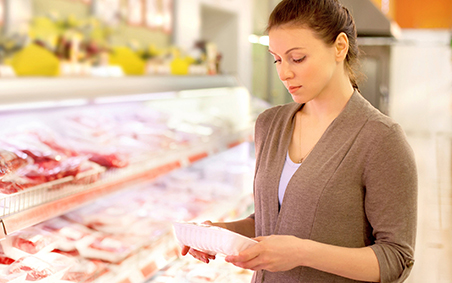Food and product traceability
Product traceability is integral to food safety and quality assurance. Traceability, from on-farm through the supply chain, enables the Australian red meat industry to protect our reputation of clean, safe and natural and underpins product quality.
What is MLA doing in this space?
MLA invests in food and product traceability activities include benchmarking, standards and building the capacity of the industry.
Benchmarking and standards
MLA collaborates with Codex Alimentarius activities, food safety systems and GS1 product identification systems to ensure that the work we do aligns with global directions.
Capacity building
Possible technology solutions
MLA has developed a service provider catalogue for use by industry (see below for access details).
Marker technology
A project has been initiated to pilot country of origin ’marker’ technology. This will scientifically distinguish beef and lamb produced in Australia from meat produced in other countries.
Focusing on trace elements and isotopes, the technology aims to deliver an innate chemical fingerprint. This fingerprint will tie products to their production or manufacturer origin. Not only will this support provenance claims, but it will identify substitution and counterfeit goods.
If the technology is successful the industry will be in a position to audit (test) any products labelled as Australian beef and lamb are true to their claimed country of origin.
Commercial case studies
Three commercially based case study trials are currently running to determine the best way/s to provide customers and consumers with confirmation of the authenticity of product. These trials are up and running with different supply chains into Singapore, Japan, the United Arab Emirates, China and the United States.
The trials will not only test the technology offerings but communicate the key learnings via case studies to help build capability in other supply chains.
Market research
MLA has funded a project to undertake market research to better understand:
- Who generates value from implementing a traceability system and therefore if implementation is ‘worthwhile’
- How supply chain participants can be incentivised to participate.
- Identify which products and markets (or market segments) are most likely to derive value from implementing an integrity system for various attributes.
Findings from this work will be shared across the industry and with potential service providers.
Education and awareness-raising
MLA is working with commercial partners to promote Australia’s red meat integrity systems and programs right through to end-consumers.



